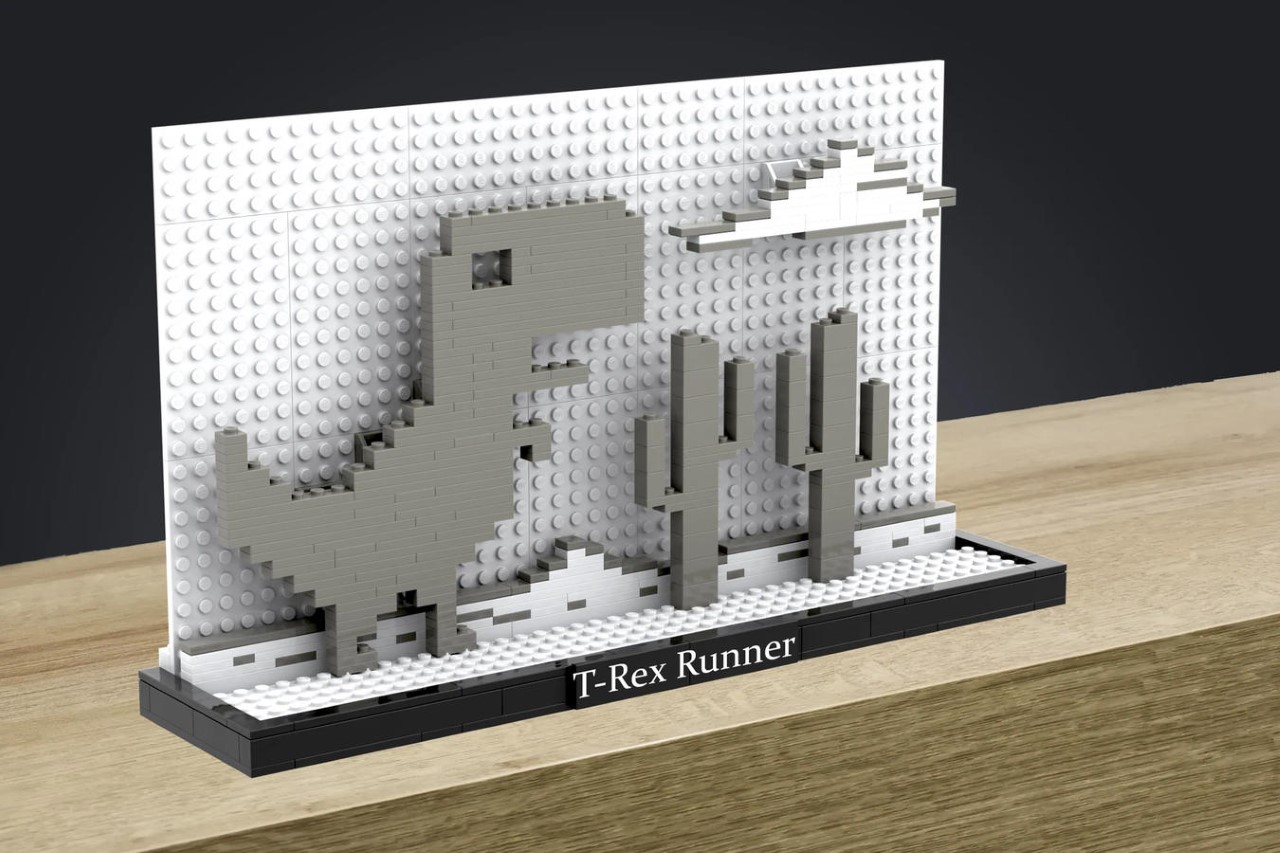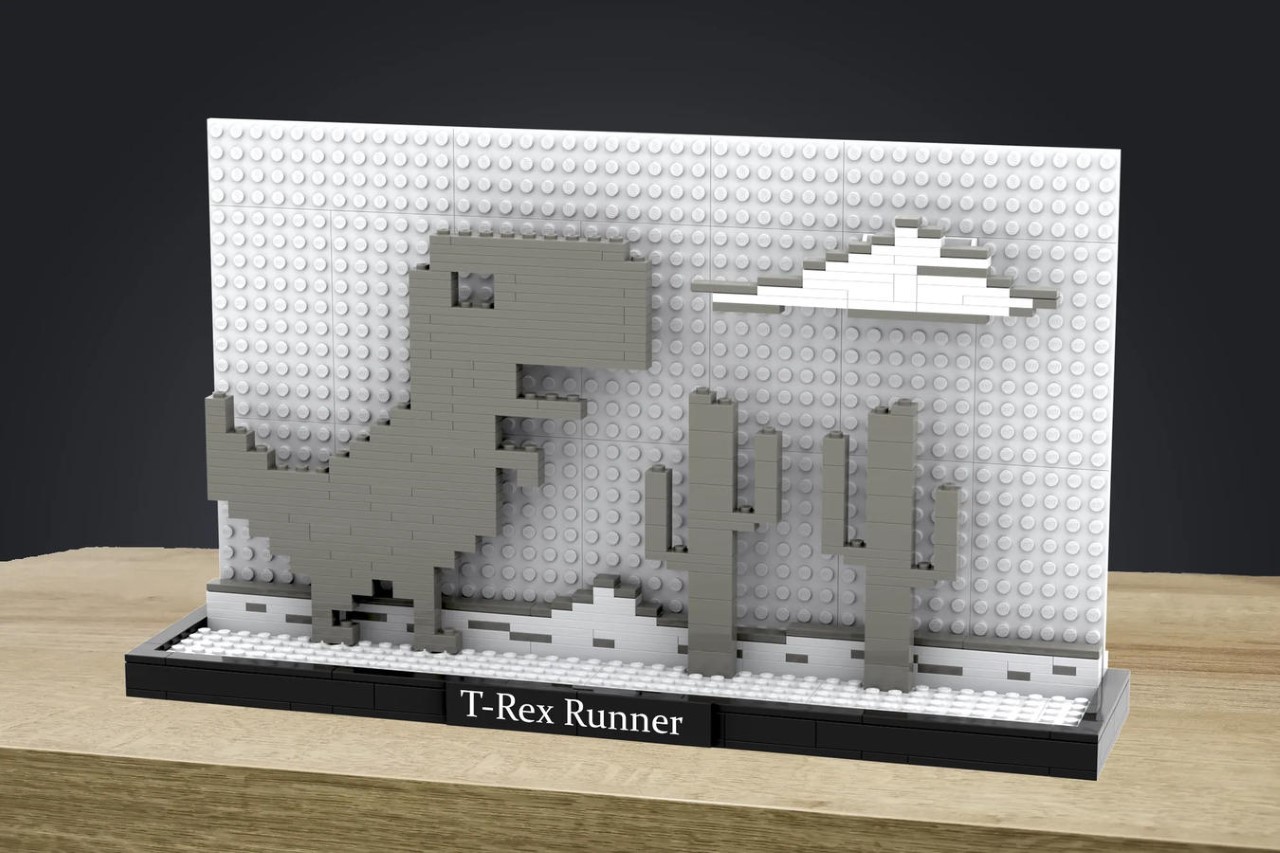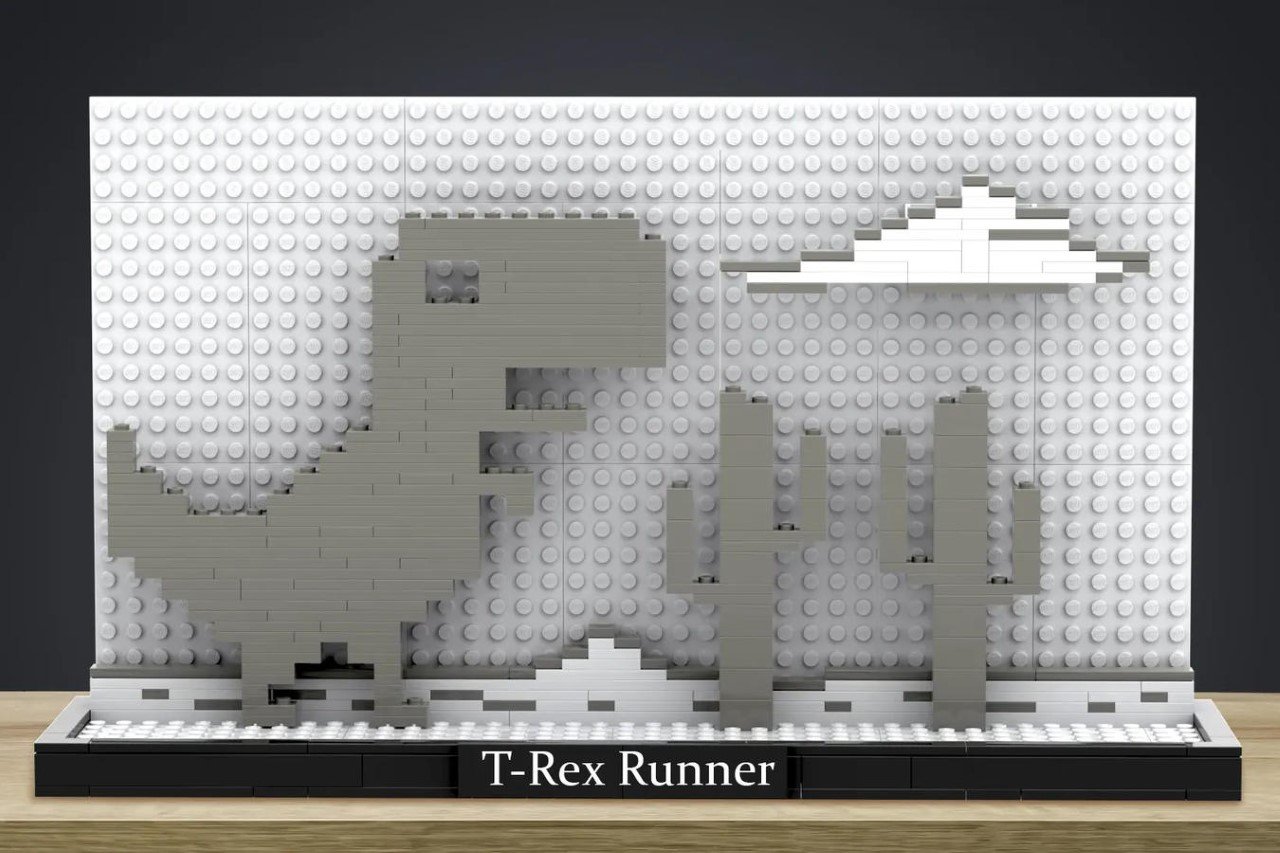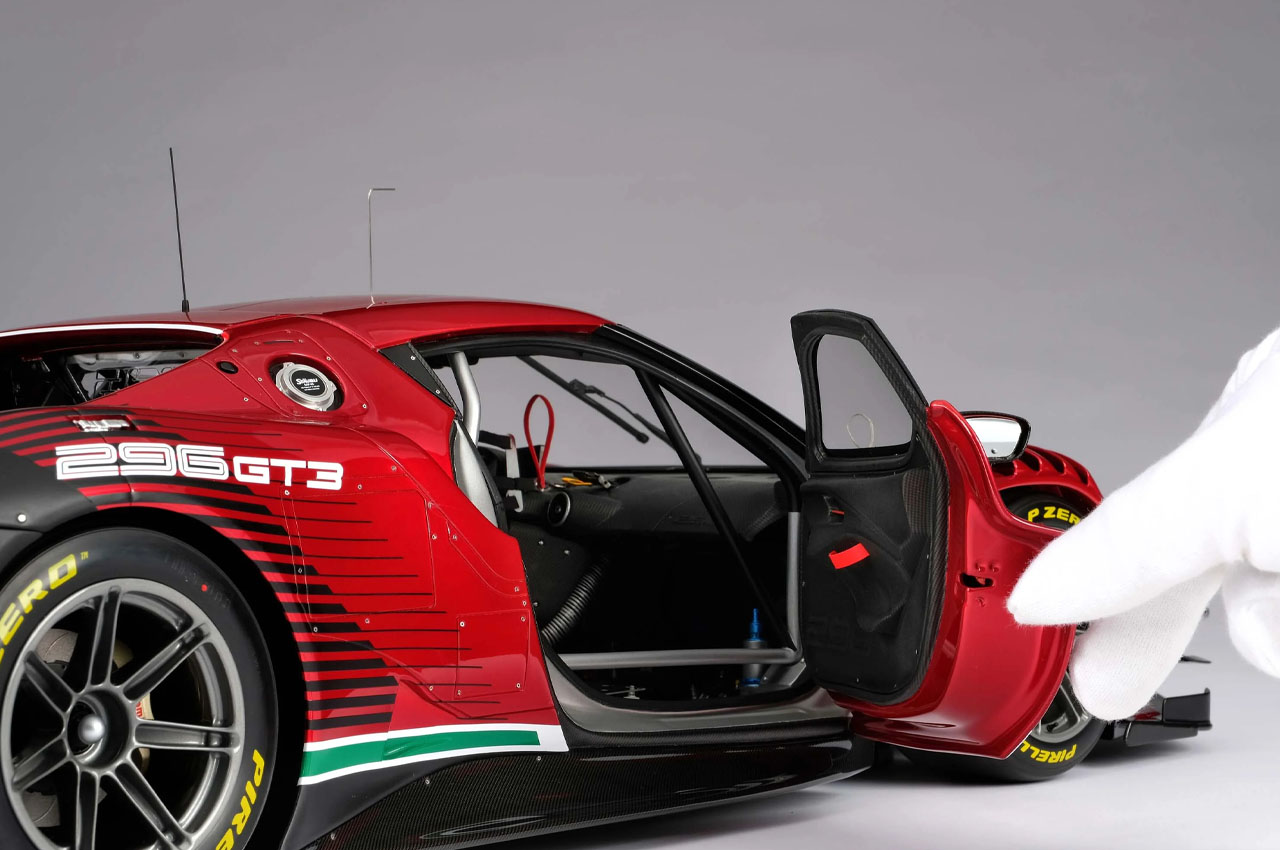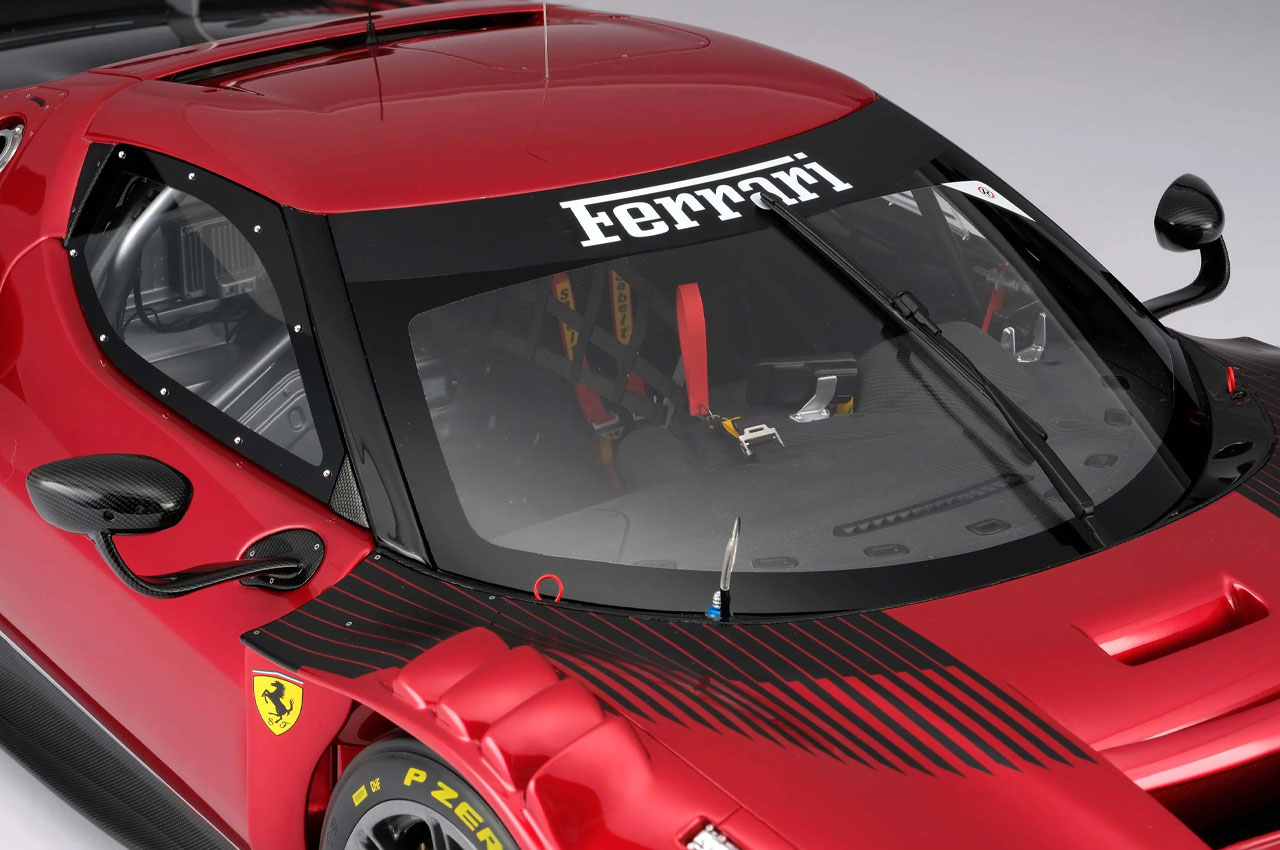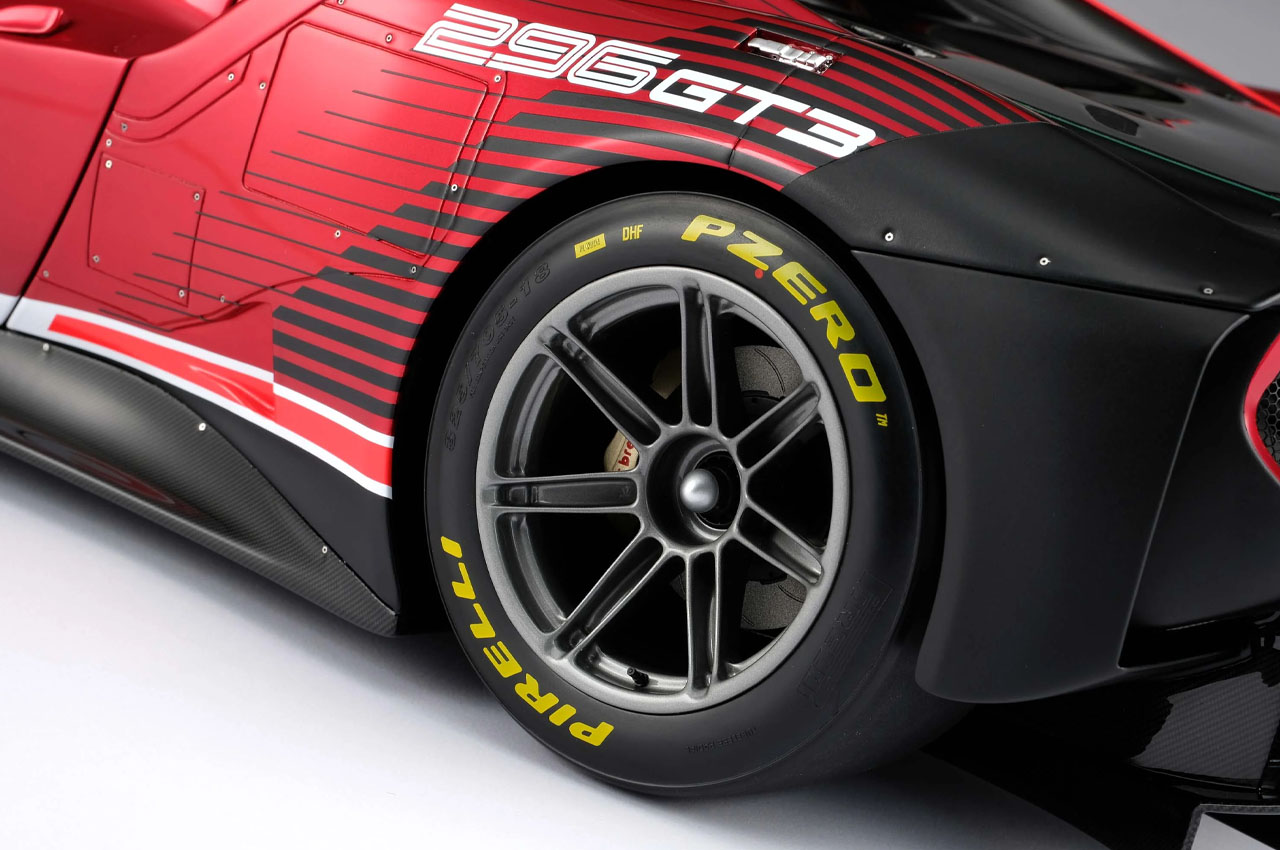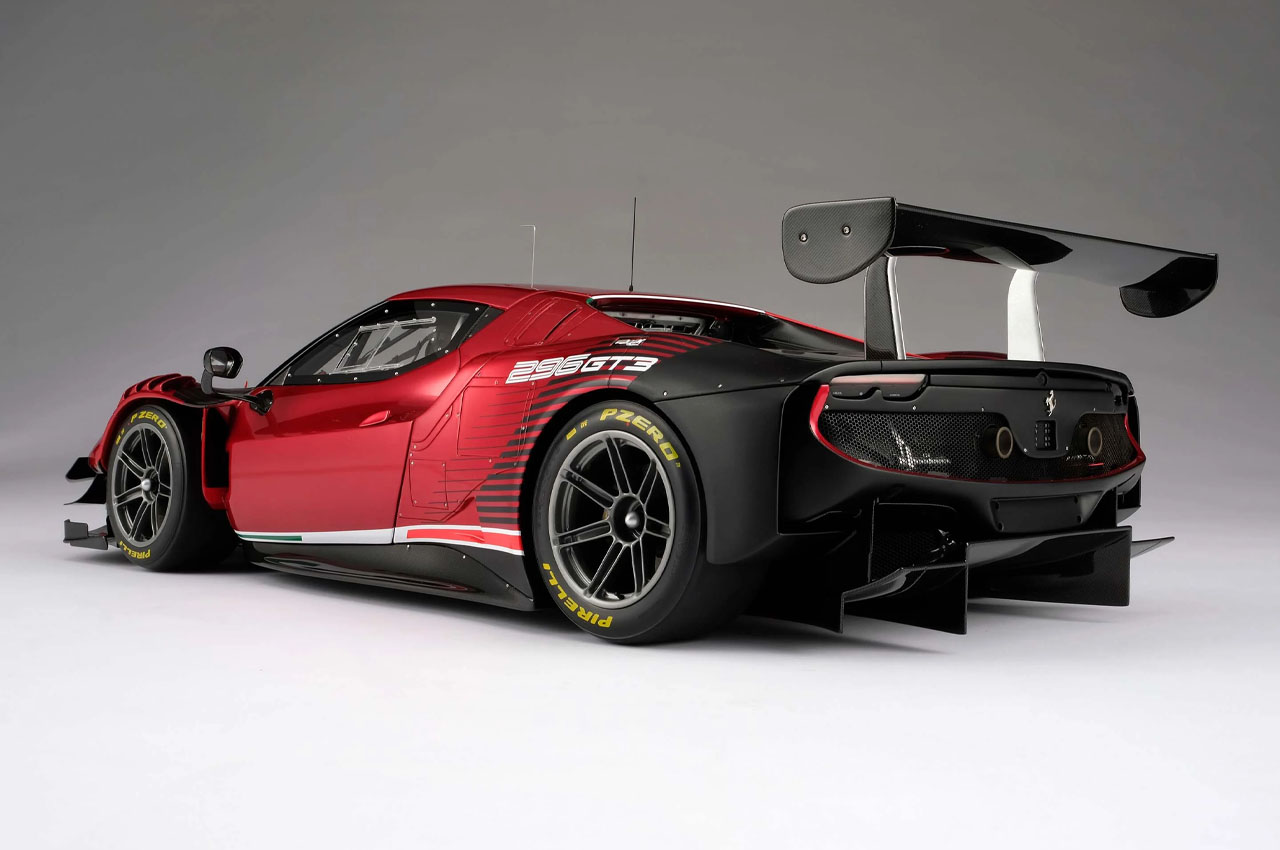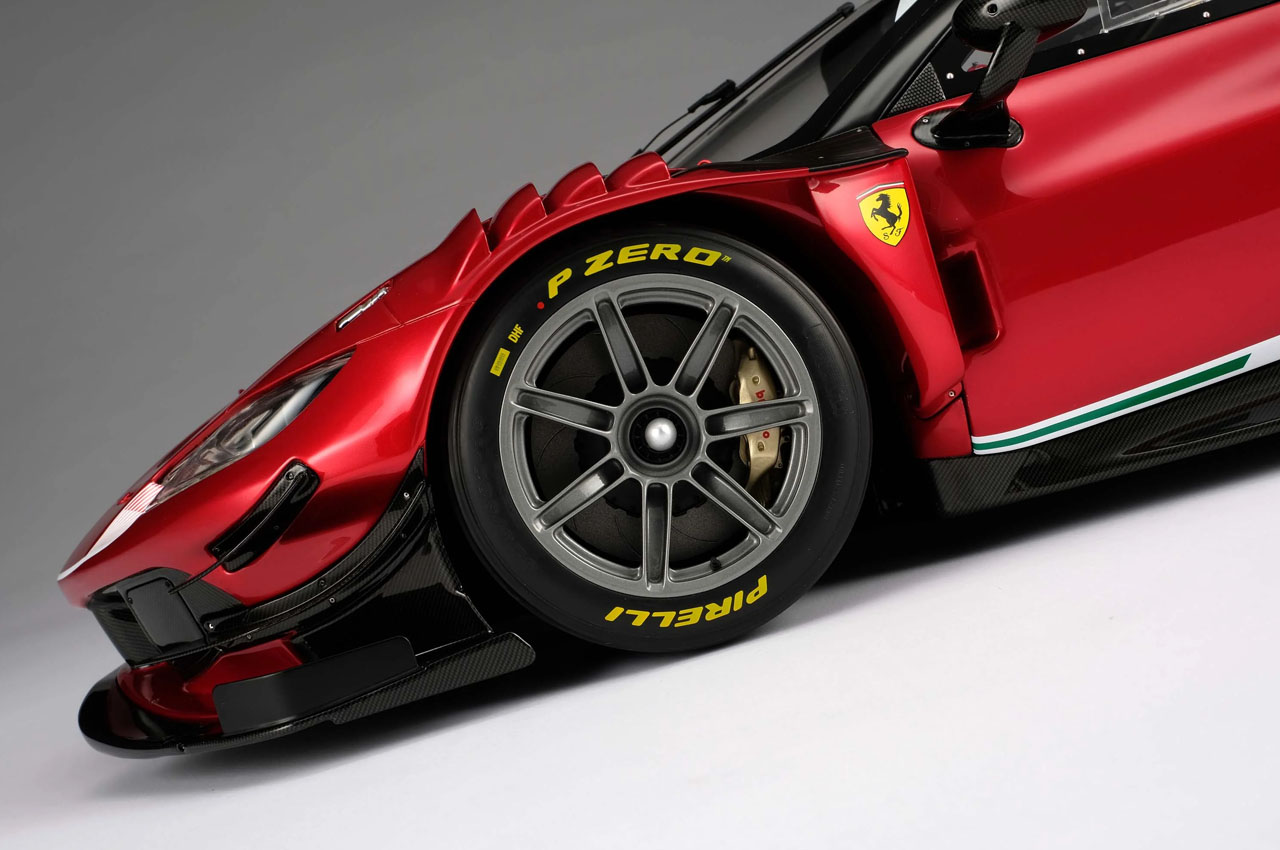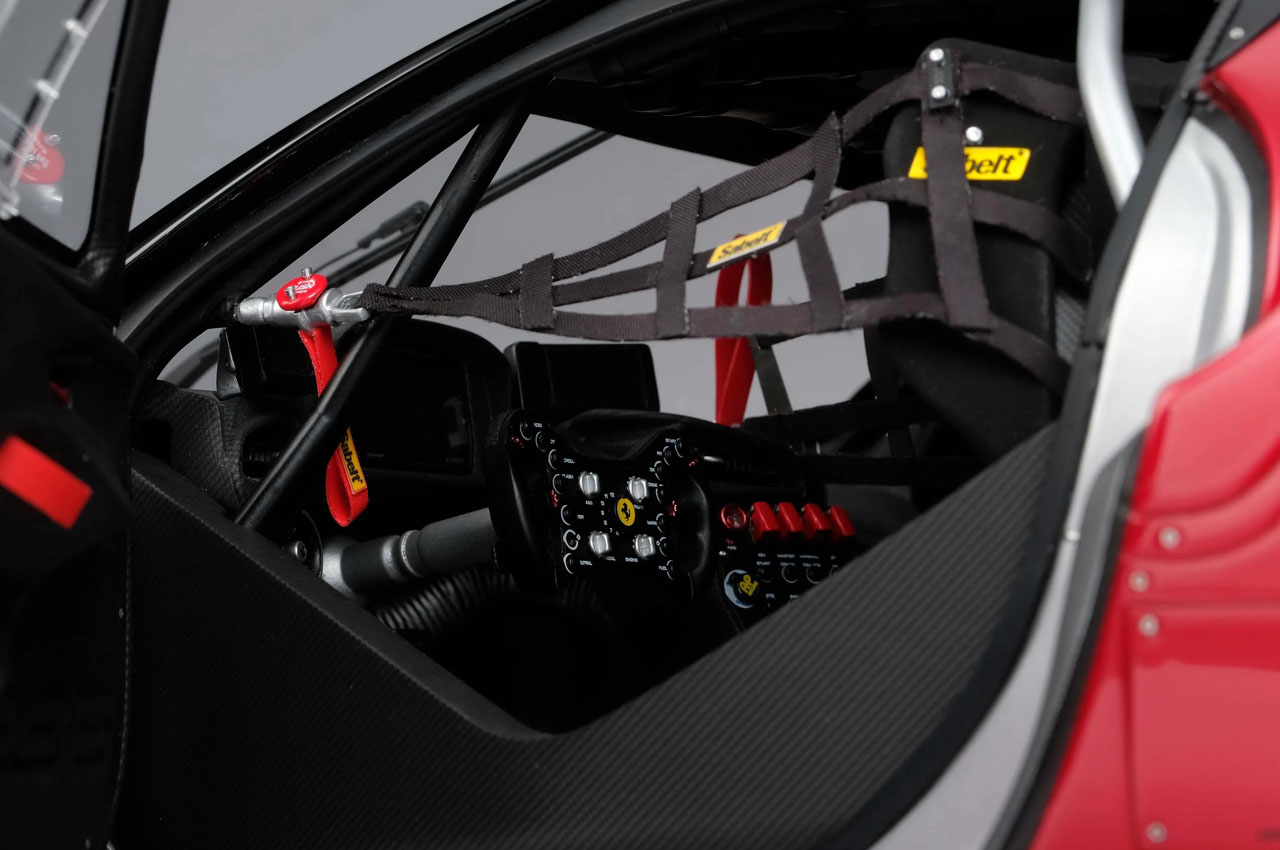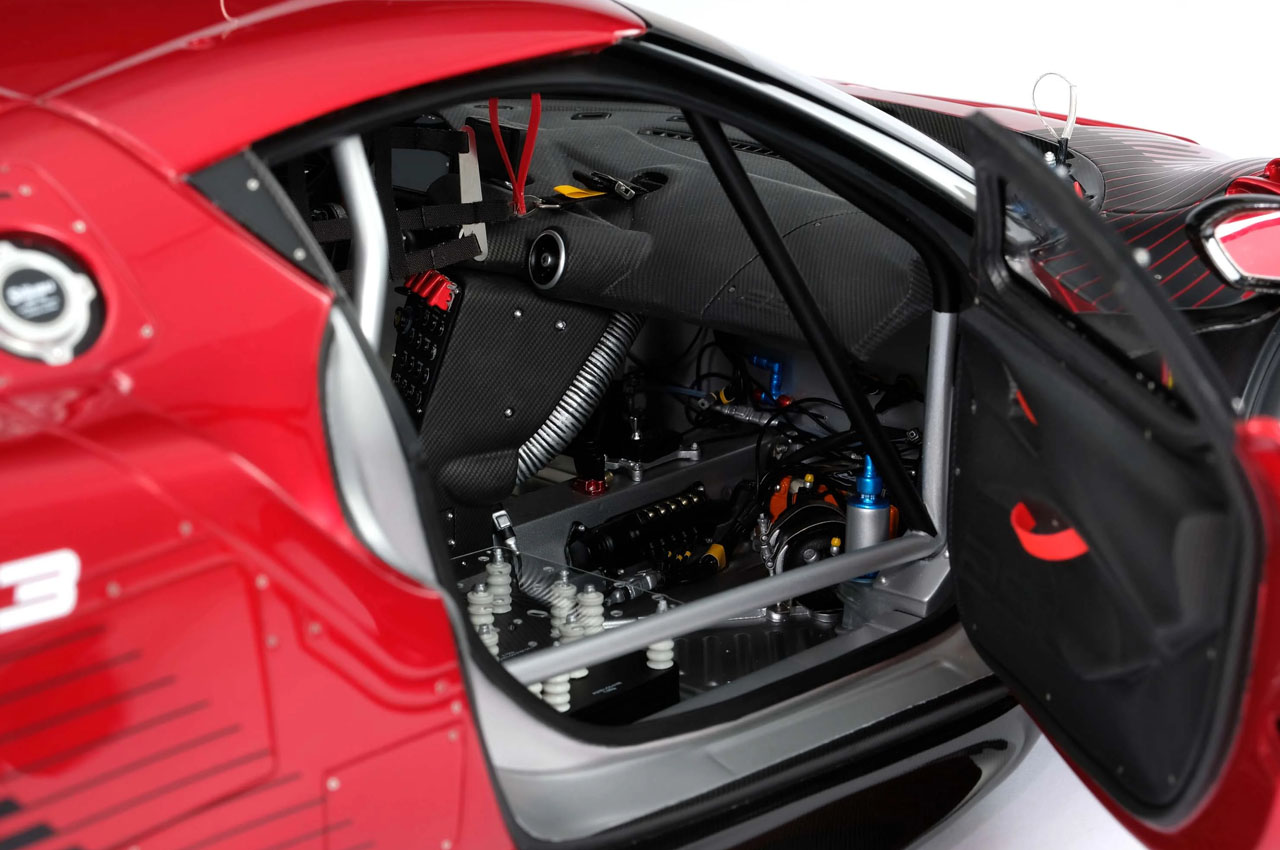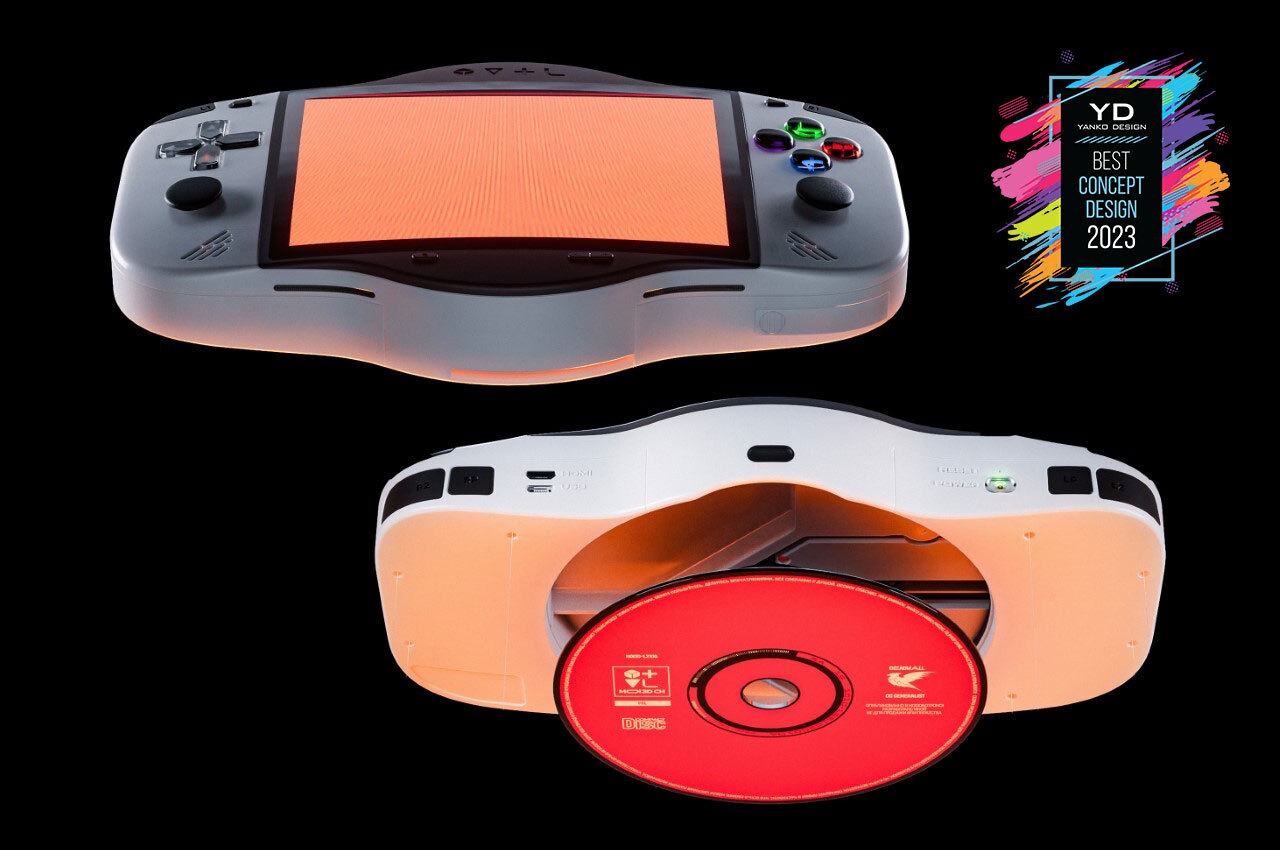
At YD, we live by the fundamental belief that there’s nothing more powerful than an idea. Concepts have always enthralled us, because they represent what our future could look like, and that’s where designers come in with their unique skill – imagining this conceptual alternate reality on behalf of all of us. As we come to a grand close to 2023, we look back at some of the concepts that we (and you, surely) loved. These concepts represent some of the most intriguing ideas and visions of the year, like imagining what a proper PlayStation Portable in the modern age would look like, or even the Gen-2 CyberTruck for instance. We’re even crowning one of these concepts as our “Best Concept Design of 2023” for its sheer vision, attention to detail, and the fact that it just ever so slightly made us want to throw money at our screens. Want to know what it was? Want to also see the other concepts that made it to this ‘Best of’ list? Scroll down to find out!
1. MOI3D Gaming Console by Vadim Danilkov (Best Concept Design of 2023)
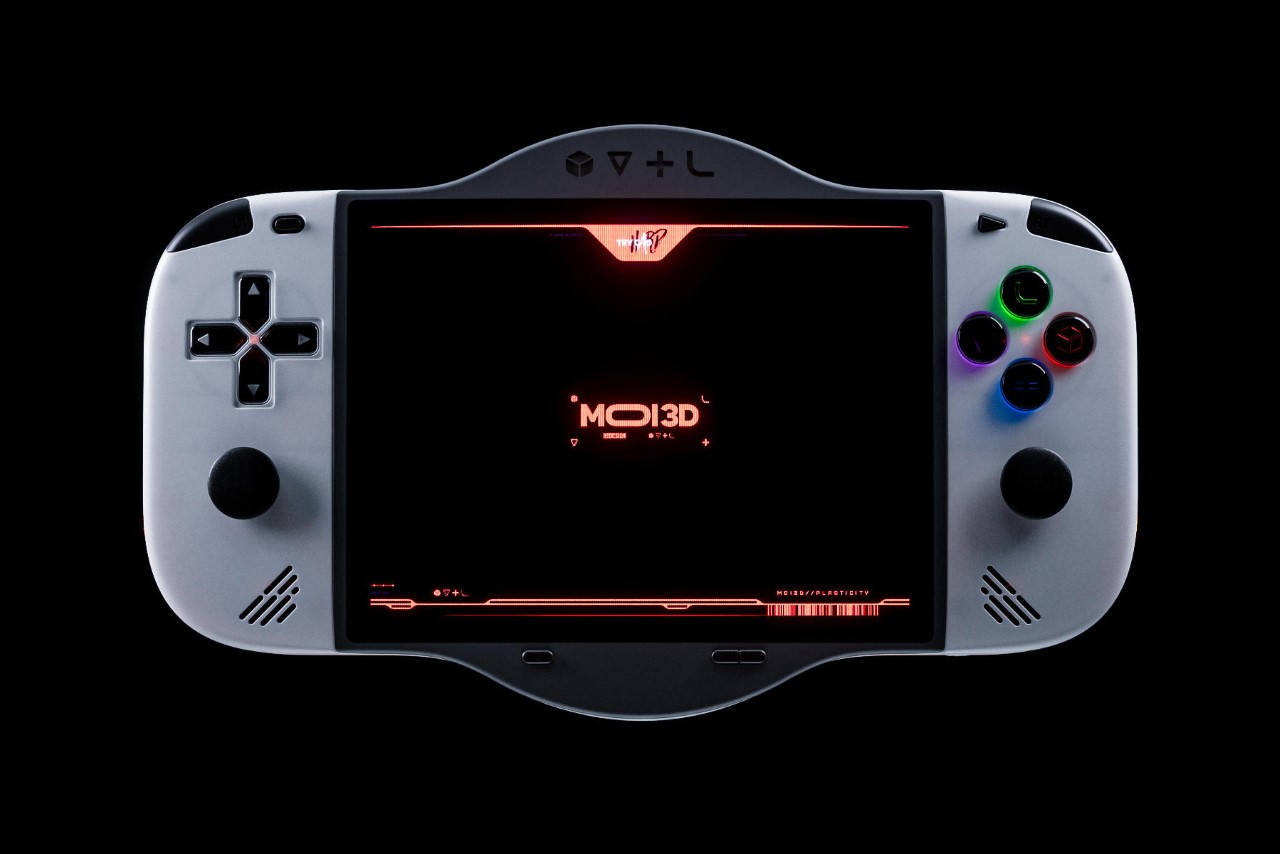
We loved this console for a few reasons. Aside from the fact that it’s detailed down to the last screw and capacitor (check the video), it’s also a tsunami of absolute nostalgia. The MOI3D is a handheld console concept that’s designed to run any PlayStation CD right back to the 1994 PS One. It comes with all the bells and whistles, starting from a screen on the front and a CD-reader on the bottom to action buttons (including L1/L2 and R1/R2), HDMI out, USB-C charging, a CD tray button, and front-firing speakers. Notably, it lacks a 3.5mm audio jack but more than makes up for it with backward compatibility with games from as long as 30 years ago when the PlayStation first debuted!
Why it’s noteworthy?
The Best Design title doesn’t come easy. We rate our designs on their brief, their output, the level of detail, their originality, and their overall appeal and the MOI3D smashed it out of the park on all levels. The amount of detail is dizzying, and the prospect of being able to play all your favorite PS games on one handheld console is even more exciting!
2. Tesla Cybertruck 2.0 by Dejan Hristov
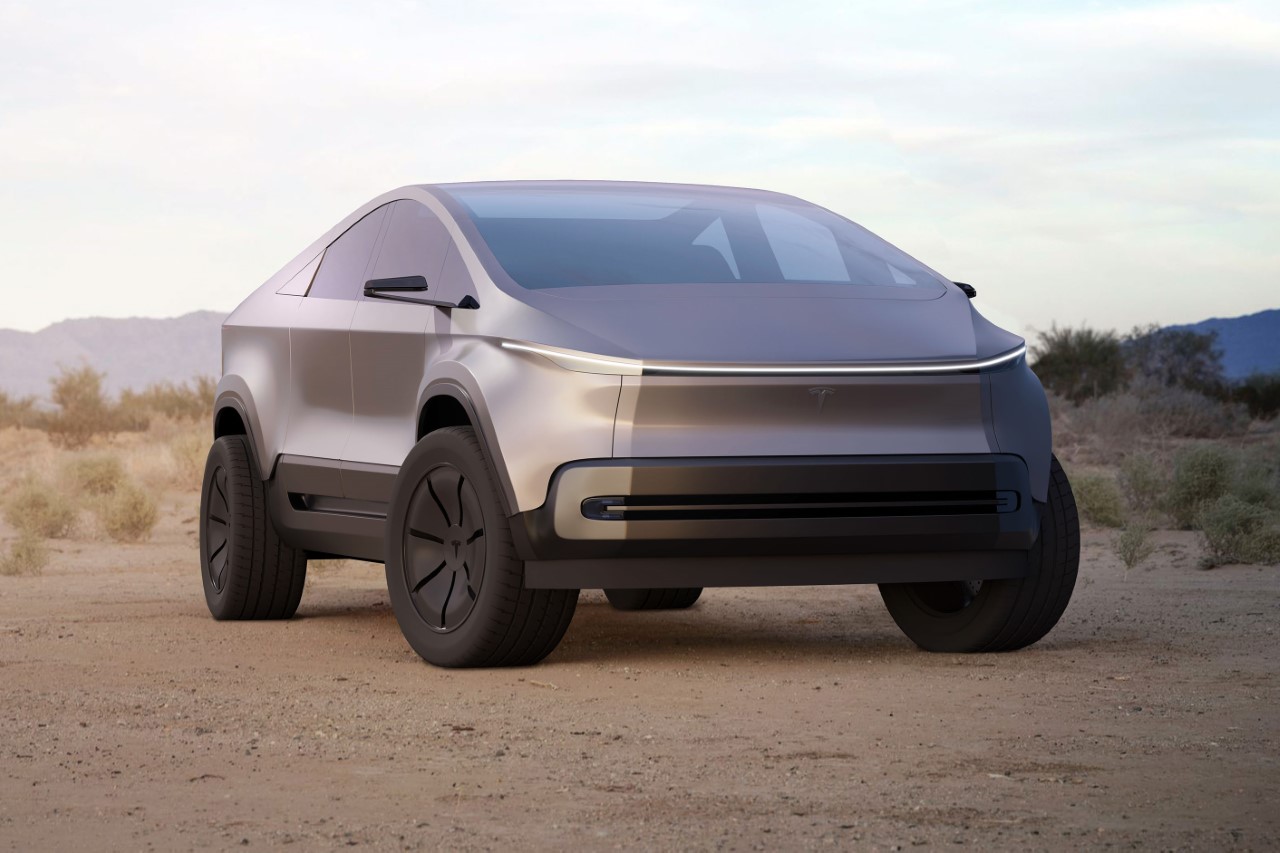
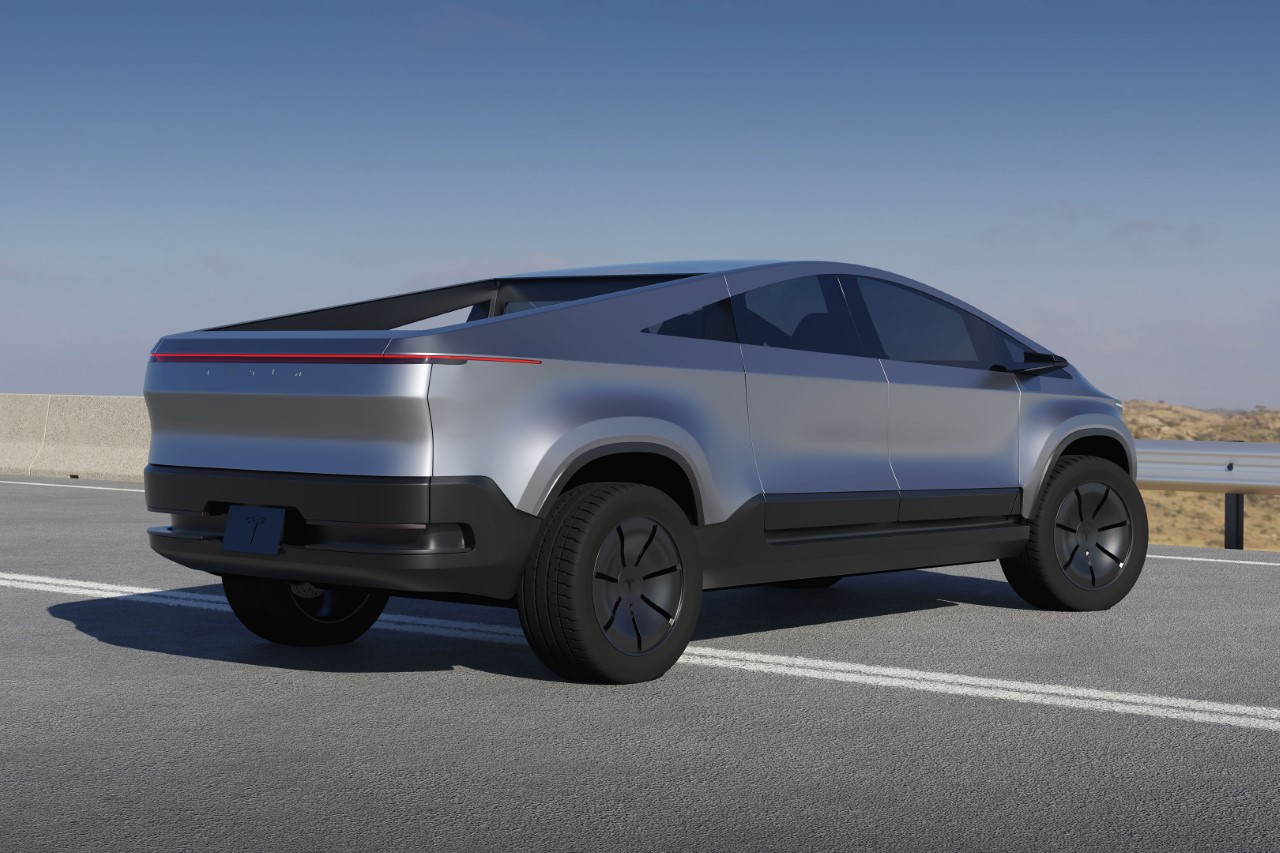
As the Cybertruck FINALLY begins delivering to customers who first ordered it back in 2019 (if they were ready to pay that tear-jerking new price), we decided it was time to plan for the next big thing. Dejan Hristov’s Cybertruck 2.0 really caught our fancy for its unique design. It was eye-catching and iconic without being polarizing, and still somehow stuck to the Cybertruck’s design language without looking like it was made using origami. The gentle curves do a wonderful job of reflecting light and the world around it, creating the truck’s overall appeal, and if that rear truck bed wasn’t enough storage, this one also sports a frunk that opens like a drawer cabinet!
Why is it noteworthy?
Hristov’s design paints an arguably less polarizing picture of the Cybertruck but retains its overall soul. When Musk made a point that all pickup trucks looked the same, he wasn’t wrong. Hristov carries that torch but creates an EV that looks different without looking ugly.
03. Apple iPhone Ultra by Jimmy Huynh

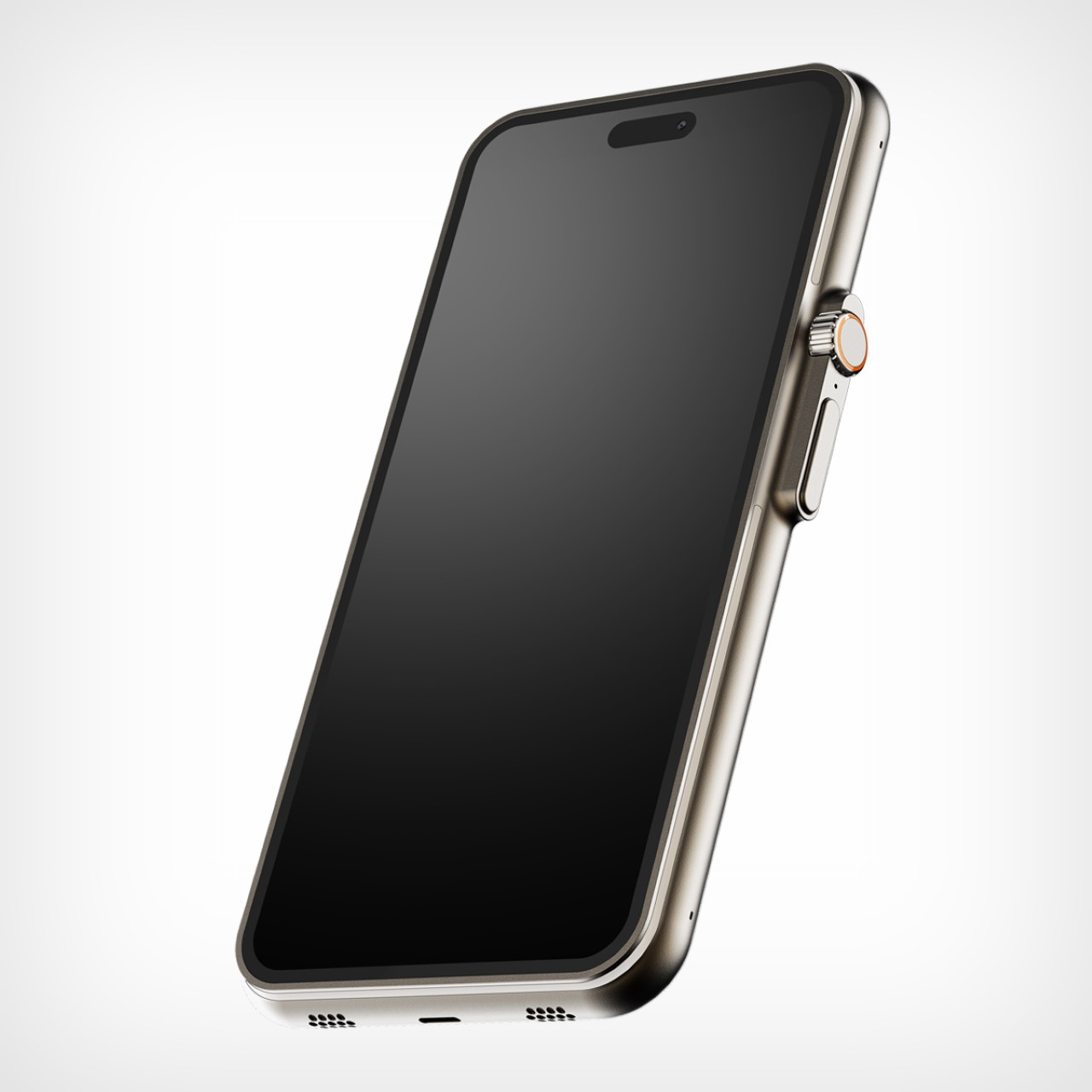
We all thought Apple would drop an iPhone Ultra this year, but the company delivered something just as good – an iPhone Pro series made from titanium, with USB-C, and an Action button. Sure, it doesn’t look as captivating as this particular concept by Jimmy Huynh, but we love it all the same. As far as this iPhone Ultra concept goes, Huynh retained the Watch Ultra’s aesthetic beautifully, with a gorgeous crown, orange action button, and that nude titanium finish that culminates in those speaker grills at the bottom. Sure, some might find that odd bump on the side unappealing, but we appreciate anything we can rest our fingers against as we hold this phone up.
Why is it noteworthy?
It’s been a hot minute since Apple announced any new iPhone range. The Watch got an Ultra debut last year, but Apple’s stuck to the iPhone, SE, and Pro range for years now. Although some say there wouldn’t be much difference between the Pro and the Ultra, we disagree. The Ultra isn’t a creative-aligned iPhone. It’s an iPhone that’s built like a brick. Incredible sturdiness, game-changing resilience, and the kind of software security that would make it perfect for government officials (perhaps even the ones in the CCP)!
04. Nothing Power Bank by Subhav Menon Srivastava
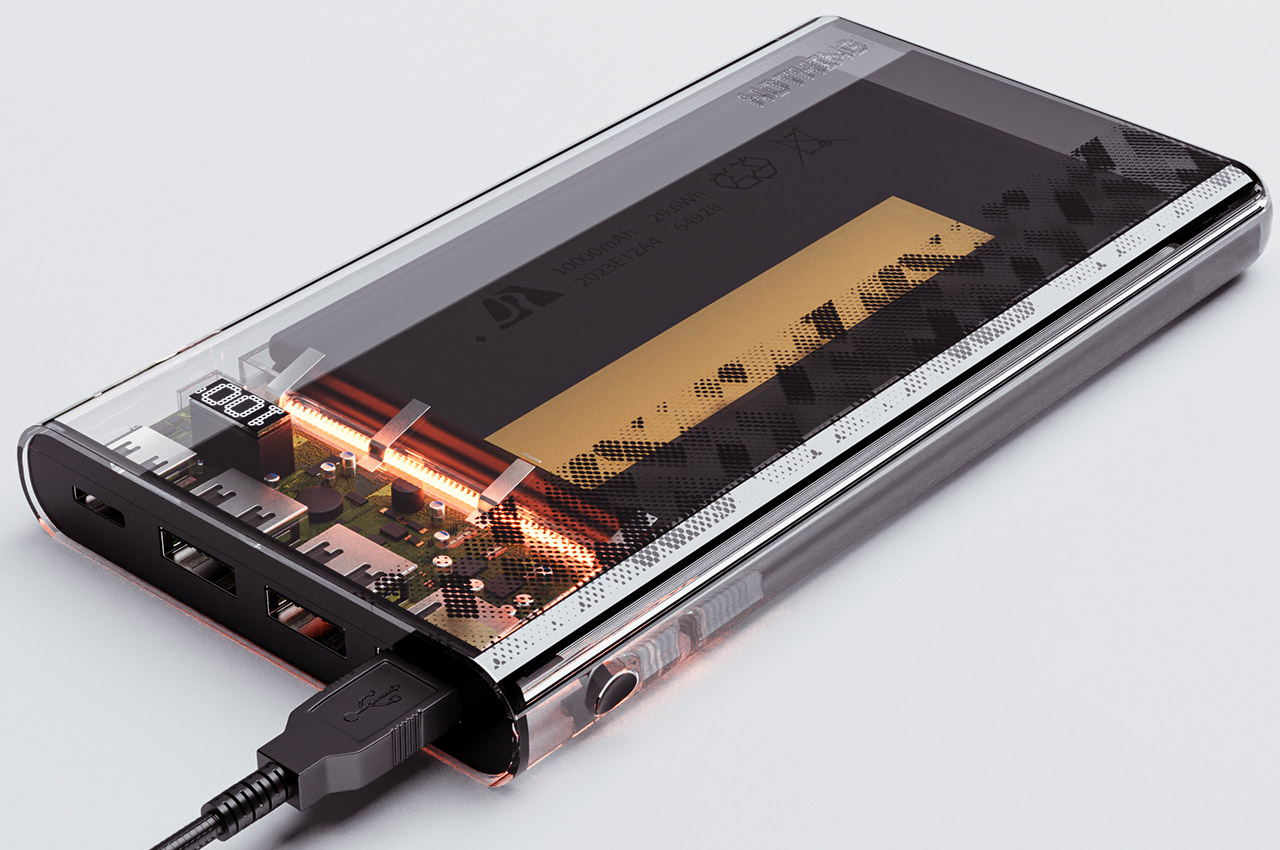
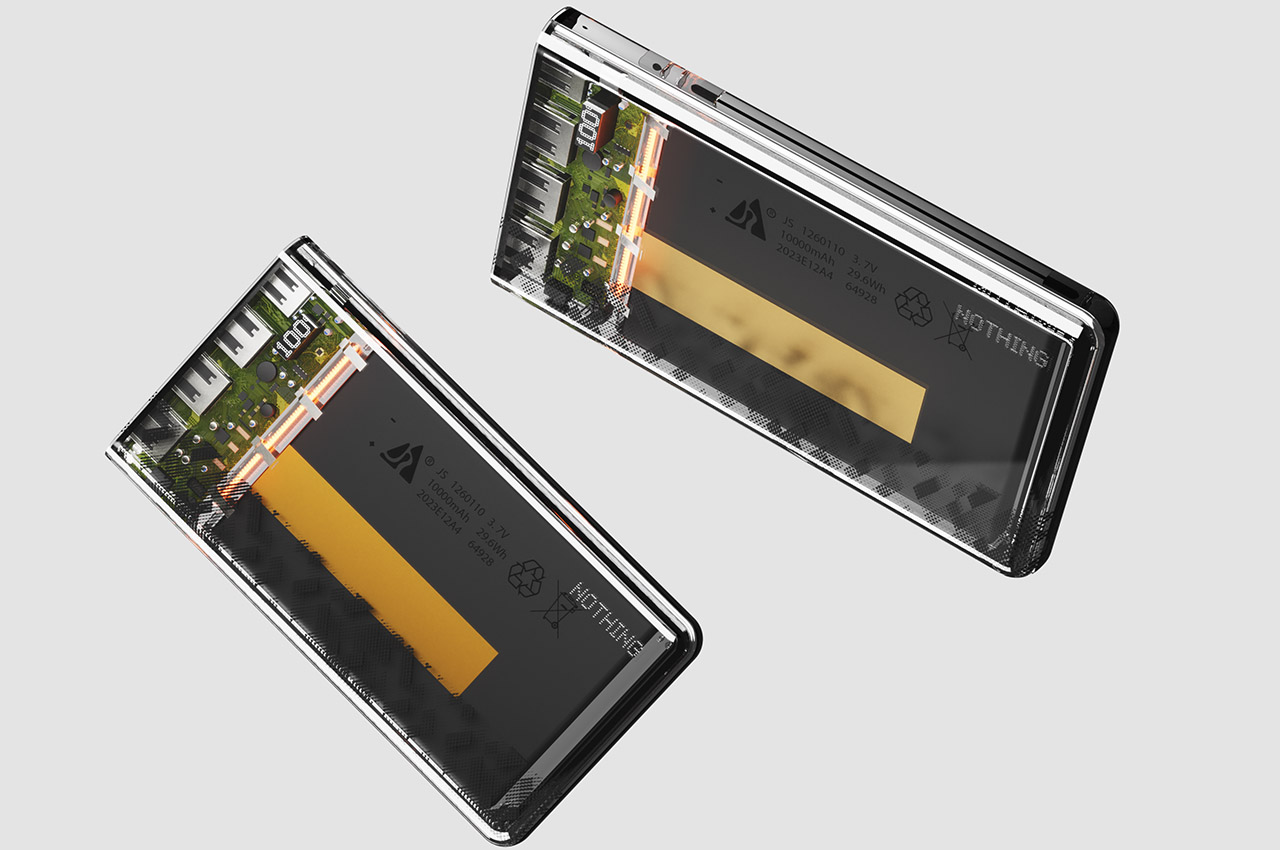
Last year Nothing created waves with its first transparent-bodied smartphone, and while we got the Nothing Phone (2) this year, we were hoping for a few phone-adjacent accessories. A Nothing Power Bank, for example. This transparent portable charger from the mind of Subhav Menon Srivastava has us drooling because of how gorgeous it looks. While most power banks have nothing more than an Li-ion battery and a PCB, Srivastava makes things interesting with printed elements on the outer glass, and an LED display that shows the battery percentage of the power bank. You’ve also got a whopping 10,000 mAh battery on the inside, and a few LED lights that bring the power bank to life when plugged in.
Why is it noteworthy?
Our readers certainly loved the Nothing Power Bank, with 60,000 views on the concept. That pretty much affirms that there’s public demand for the Nothing Power Bank, so if Carl Pei is reading this…
05. Apple Mac Nano by Le KBM
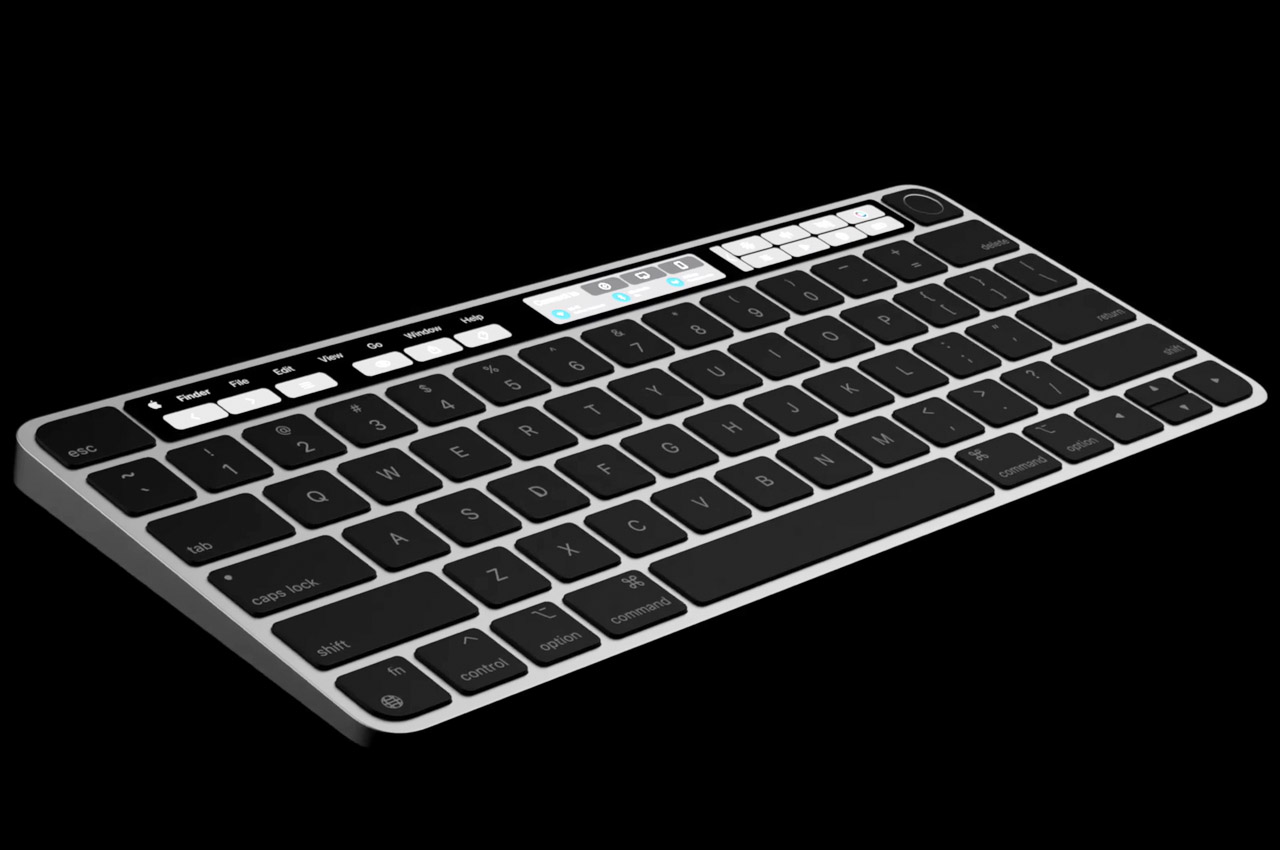
Sometime in 2022 (or probably earlier) a patent surfaced for an Apple keyboard with its own Mac computer built into it. Given that Apple was developing its own silicone line, at the time this made absolute sense. Fit an entire Mac into a keyboard and you had yourself a makeshift Mac Mini with you! Plug a display in and you were ready to go (maybe you’d need a trackpad or mouse too, but you get my drift). Designer Le KBM decided to build out this vision, creating the Mac Nano concept. The concept features a rejuvenated Magic Keyboard with a touchbar on top and an M-series chip inside, giving it laptop-worthy computing power in the format of a keyboard. Hook an iPad or an iPhone to it and you have yourself a renegade Mac with a touchscreen. What’s not to love?!
Why is it noteworthy?
Conceptually, the Mac Nano seems somewhat strange but then again, the Mac Mini was an odd concept too. Why create a portable Mac when the MacBook Pro was already a thing? Well, the Mac Mini sort of found its own place in the Apple ecosystem, and for people looking for an ‘Air’ version of that, the Mac Nano is the perfect choice! Plus, we haven’t seen a ‘nano’ Apple product in a while!
06. PocketMan P1 Handheld Console by Grzegorz Rozwadowski (Twig Studio)
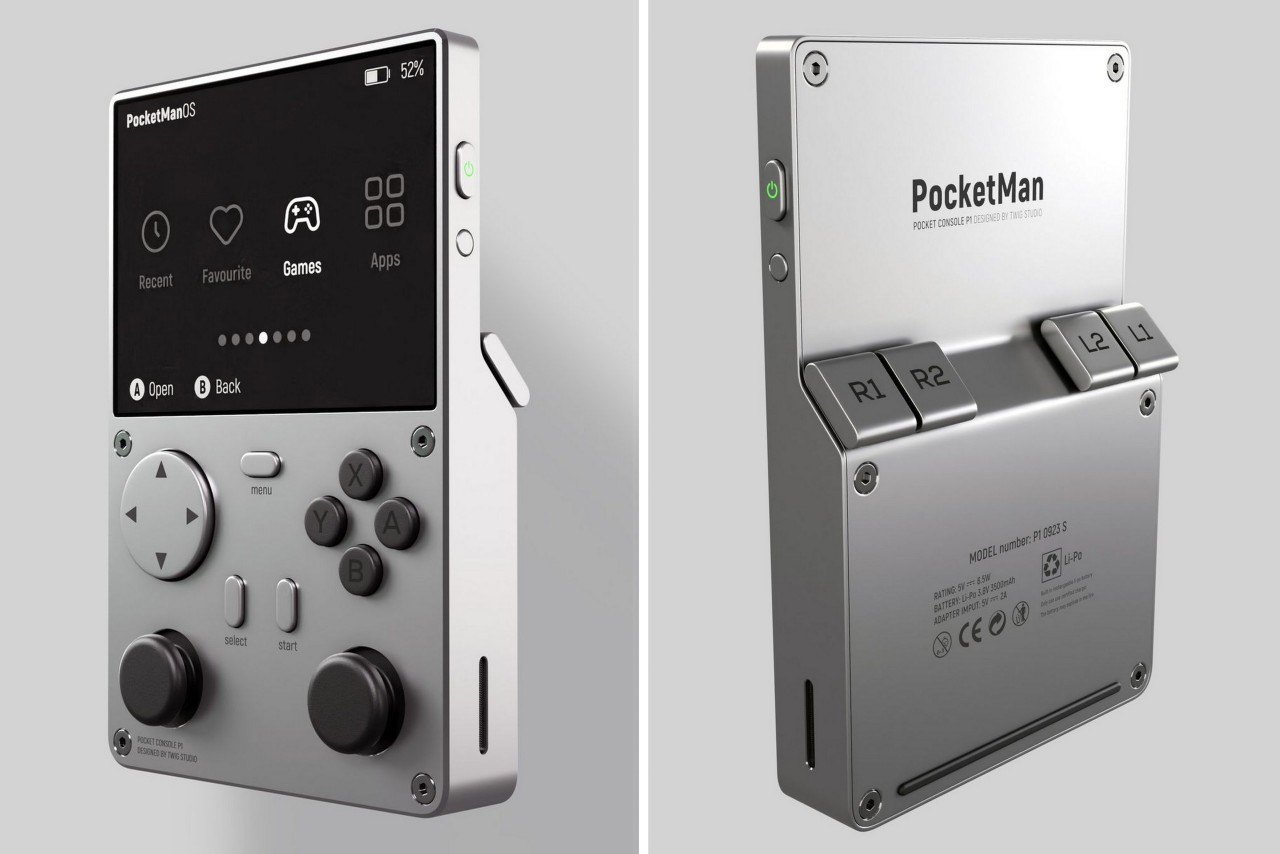
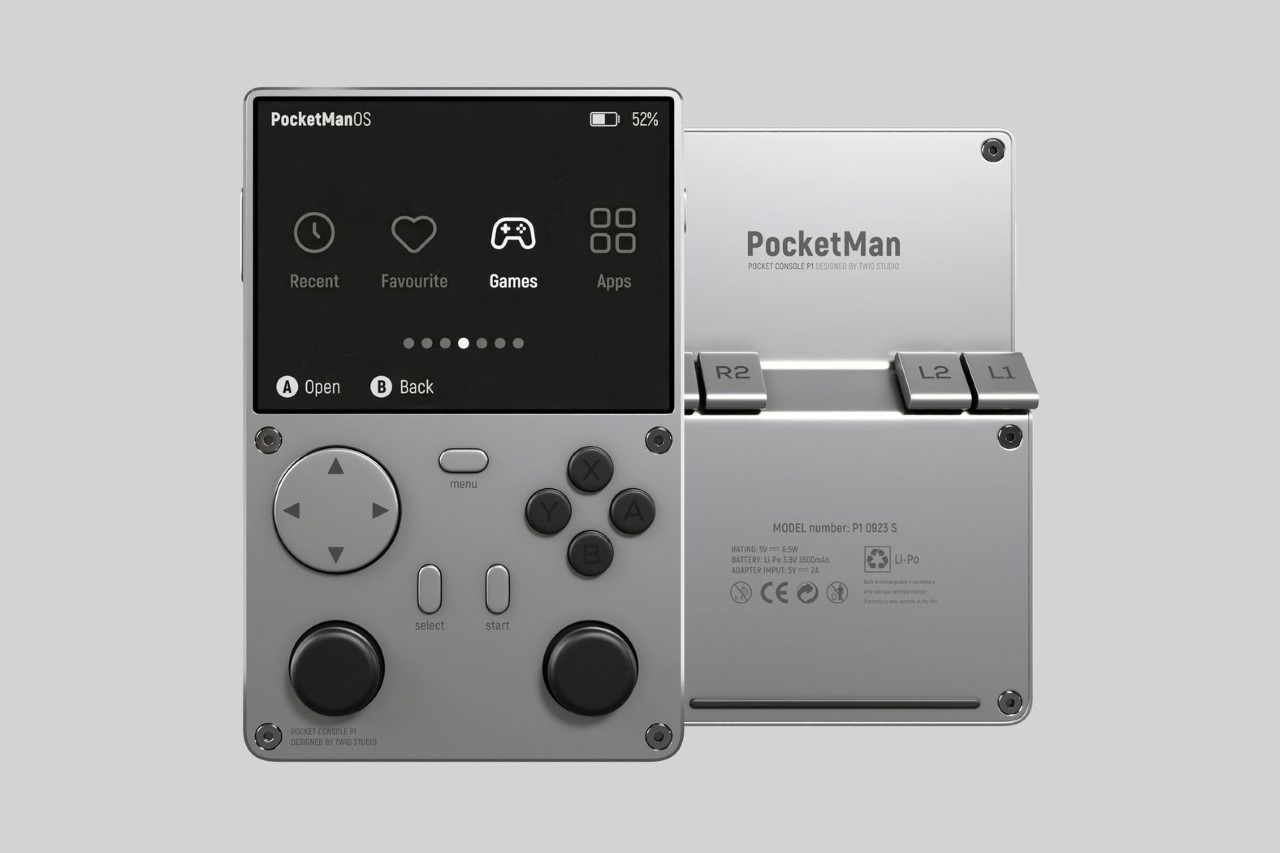
The PocketMan P1, inspired by Teenage Engineering’s raw, industrial design, boasts a sleek metal-first aesthetic with exposed screws. It features essential controls like a D-pad, action buttons, multiple joysticks, and four shoulder buttons. It also offers a USB-C port, a 3.5mm aux jack, and card readers on both sides for game loading. The black-and-white screen gives it a retro touch, possibly with an option for a color display. While currently a concept, the P1 showcases minimalist metallic design, rejecting the need for excessive ergonomics and RGB lighting in gaming hardware.
Why is it noteworthy?
Aside from that nostalgic handheld form factor, there’s a lot to be appreciated about how wonderfully cyberpunk the PocketManP1 looks. When your eyes aren’t immersed in the game, they’ll probably be admiring every inch of the P1’s metallic design while your hands familiarize themselves with every single button, trigger, and joystick.
07. Note Digital+Analog Desk Accessory by Harshit Sahu
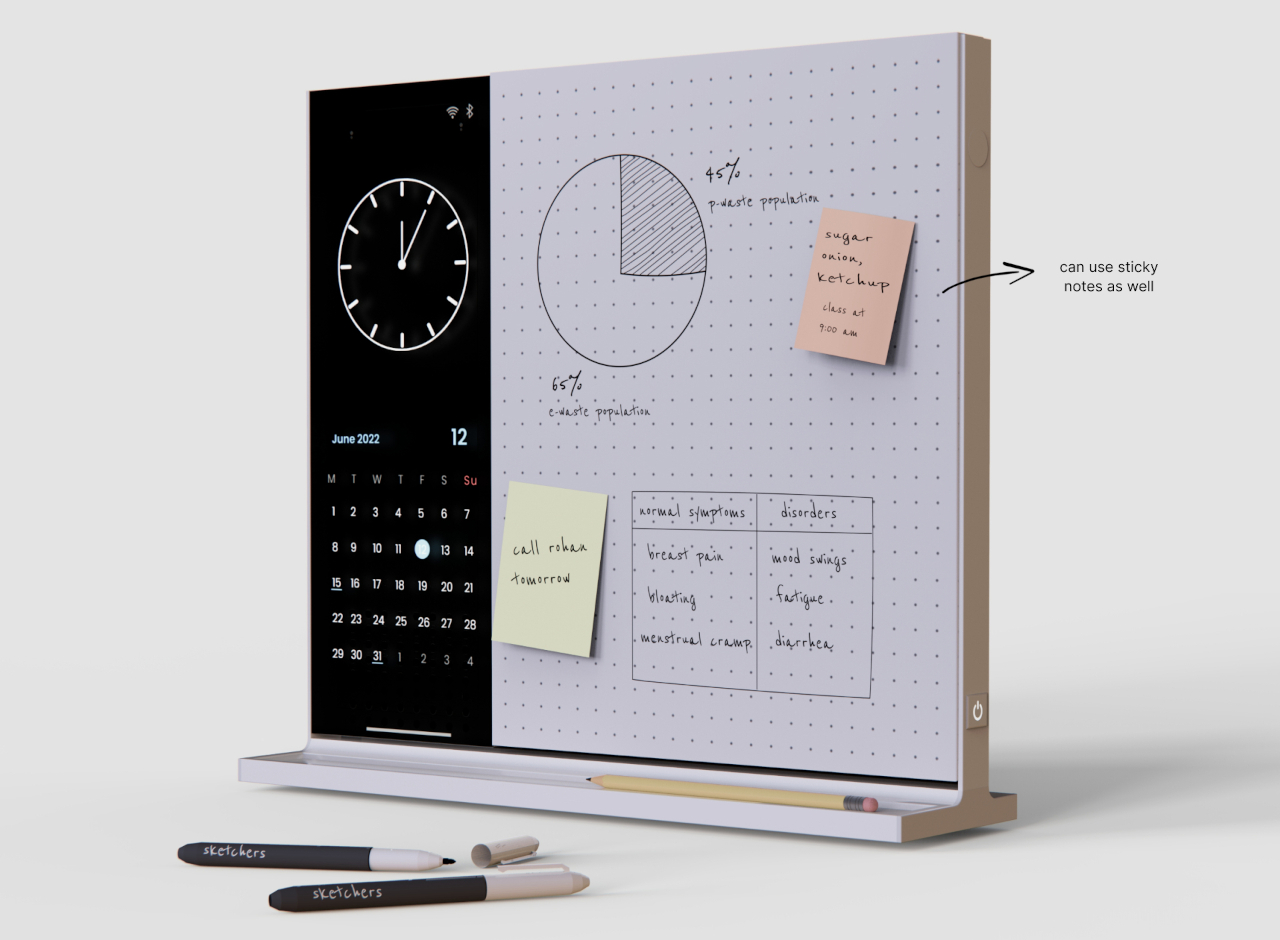
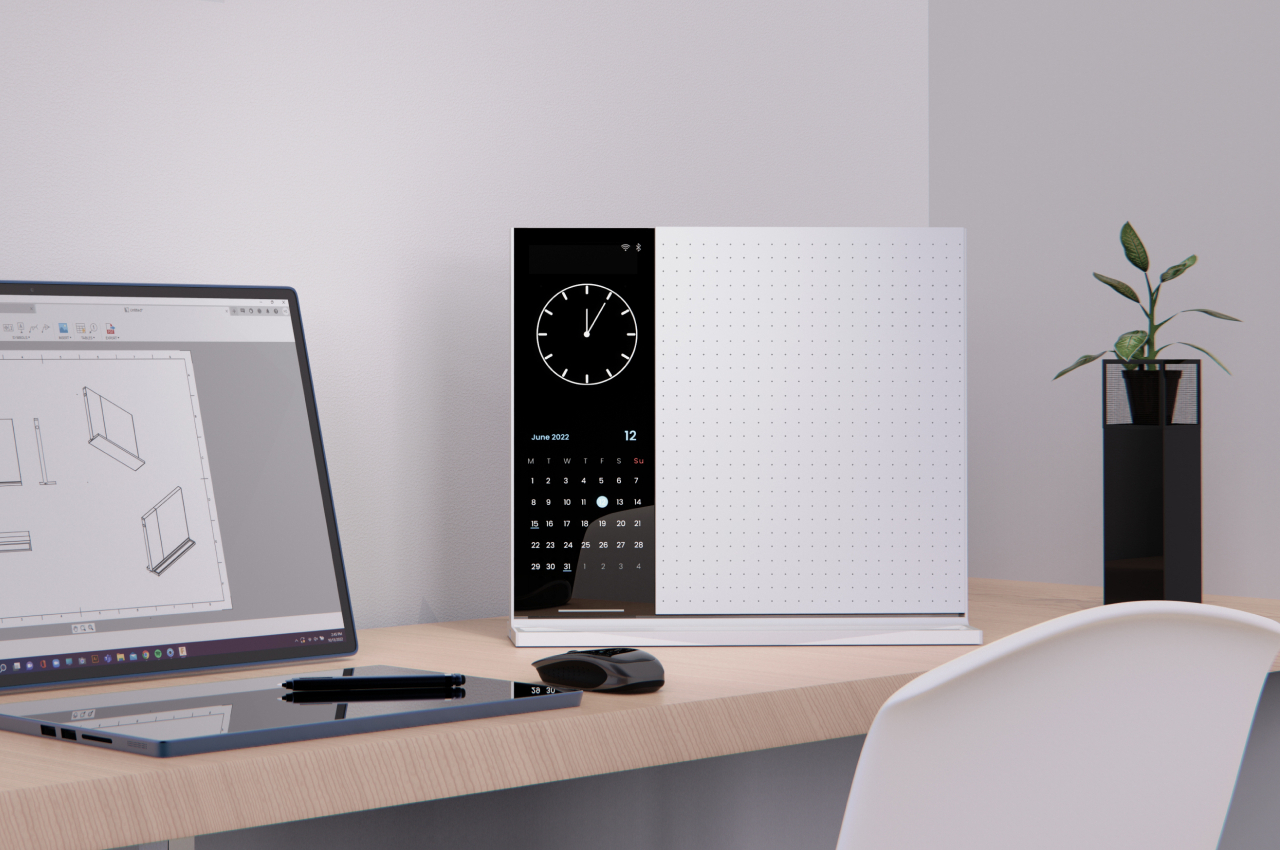
Part digital clock/calendar, part whiteboard, and part pinboard, this Note-taking desk accessory has the best of all worlds. It’s essentially a compact whiteboard that can flip over, doubling your writing space. One side features a dotted grid for diagrams, while the other can be plain or carry the same design. Sticky notes can also find their place on this versatile board. What sets Note apart is the addition of a multi-purpose vertical screen on the left side, displaying the time, calendar, and synced appointments from your phone. It even offers functions like a timer, world clock, and music player.
Why is it noteworthy?
“Paper can be simple, and apps can be quick, but not everyone needs all the commitment that these two different note-taking methods sometimes require,” says our Co-Editor-in-Chief JC Torres. This piece of digital stationery may not be a revolutionary device, but its creative integration of analog and digital concepts makes it a focused and efficient tool for specific needs. It simplifies your workflow without overwhelming you with unnecessary features, ensuring that your productivity remains the top priority.
08. Sony Playstation XPERIA by Santosh Palaniappan

This one’s a classic case of “what could have been”. Designed by Santosh Palaniappan, the PlayStation XPERIA is the perfect hybrid between a smartphone and a gaming device, combining the company’s two successful product lines. Featuring a sliding display that reveals gaming controls underneath, along with a triple-camera setup, it offers versatility beyond gaming. Messaging, internet browsing, selfies, movie watching, and social media game streaming become seamless possibilities. The PlayStation Xperia strikes a balance between smartphone and gaming device aesthetics, combining the functionality of a smartphone with the visual appeal of the PS5. Its white and black design with textured grips and the iconic PlayStation symbol microtexture on the rear exudes elegance. Front-facing speakers enhance the media and gaming experience, and sliding the screen transforms it into a handheld console.
Why is it noteworthy?
With a focus on both gaming and smartphone capabilities, the PlayStation Xperia concept offers a promising vision for Sony’s future product lineup, blending the best of both worlds for tech enthusiasts and gamers alike. It doesn’t compromise on anything a gamer would want in their phone or their handheld console, and let’s be absolutely honest, it looks positively drool-worthy!
09. Ford Mini Bronco by Naoto Kobayashi
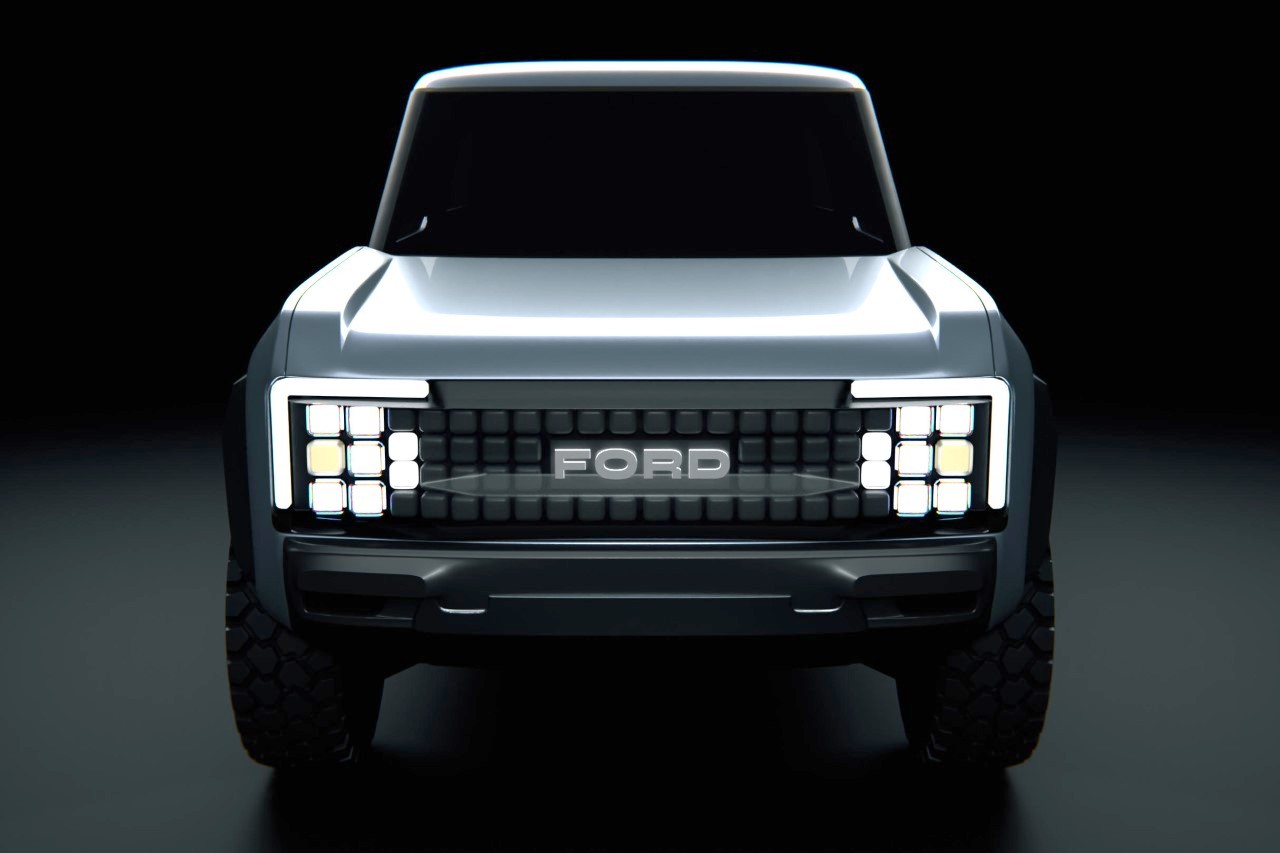
Ever seen an off-roader coupe? Well, feast your eyes on the Ford Mini Bronco, a two-door off-roader that we absolutely wish was real. Crafted by designer Naoto Kobayashi, the Ford Mini Bronco boasts a unique design with distinctive pixel-inspired headlights in the front and dynamic taillights at the rear. It’s ideal for a group of two or three adventurers looking to hit the off-road and embrace an eco-friendly lifestyle. This compact EV offers SUV-like excitement without the fuel consumption of larger Ford vehicles. However, it’s important to note that the Ford Mini Bronco is currently just a concept, a vision of what the future of transportation could hold. We can only hope that one day, this remarkable concept will become a reality.
Why is it noteworthy?
The Mini Bronco is a small-format-large-ambitions car that really doesn’t compromise on space or features. The lack of two extra passenger seats means the Mini Bronco has a spacious rear, perfect for storing your outdoor gear. Its short wheelbase and minimal overhangs (on the front and rear) promise enhanced off-road capabilities, and Kobayashi even managed to fit a large-size tent on the top that people can sleep in!
10. Google G Spot Tracking Device by Obi Fidler
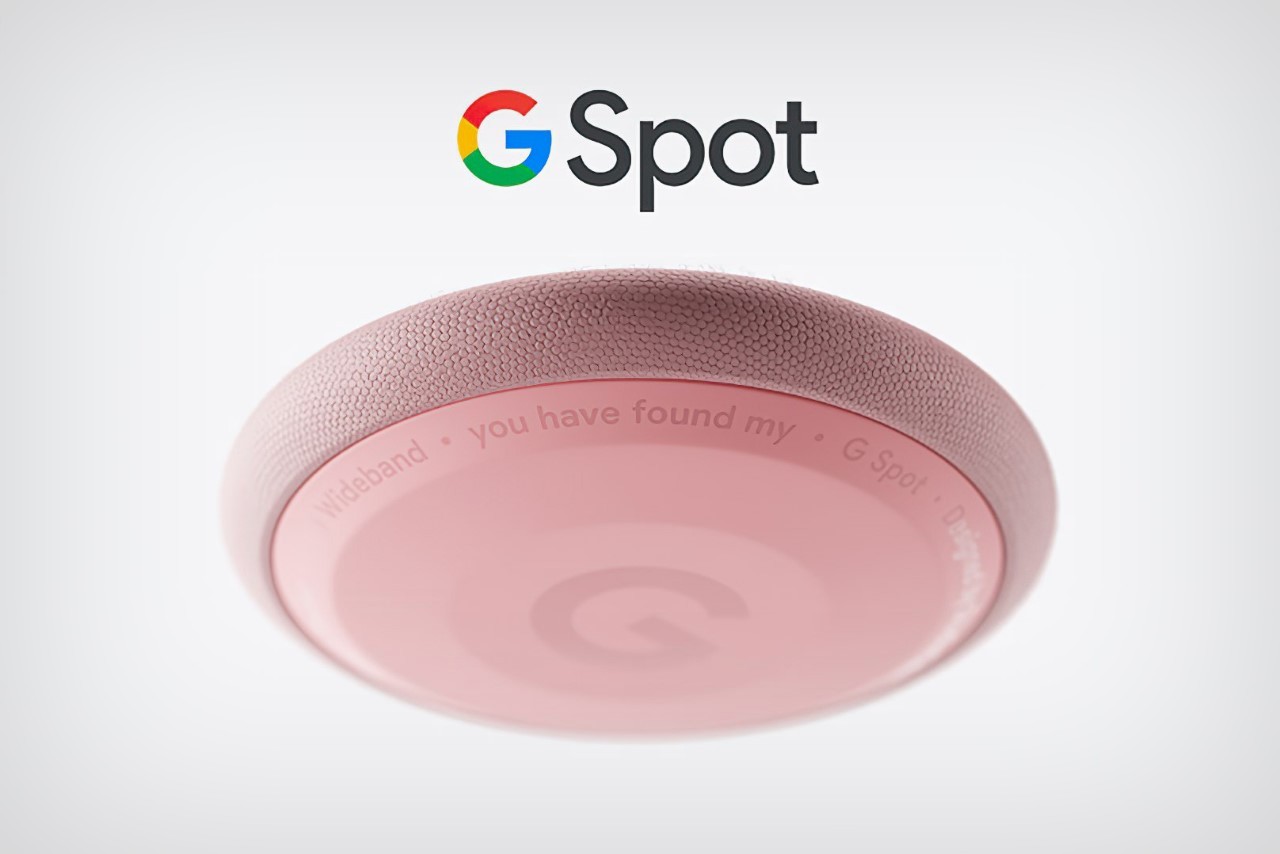

Google will help you search for a lot of things, but this is a first! Meet the G Spot, an audacious concept from the mind of Obi Fidler that doubles as Google’s first-ever tracking device. The G Spot is a sleek and compact GPS smart tracker that takes inspiration from Apple’s popular AirTag. This innovative device boasts a conveniently small form factor, making it a breeze to carry around discreetly. What sets it apart is its seamless integration with Google’s robust ecosystem, allowing you to effortlessly track its whereabouts through the Find My Device and Google Maps services… and obviously that name, which I will never tire of saying!
Why is it noteworthy?
This one makes the list just for how much of a belly laugh it gave us as we first saw it online. The entire project is an absolute riot, making fun of what could be Google’s tracking device. Hilariously named the G Spot, this tracking device comes equipped with a tensor chip and a whole lot of double entendres!
The post Best of Conceptual Design – Yanko Design Awards 2023 first appeared on Yanko Design.
